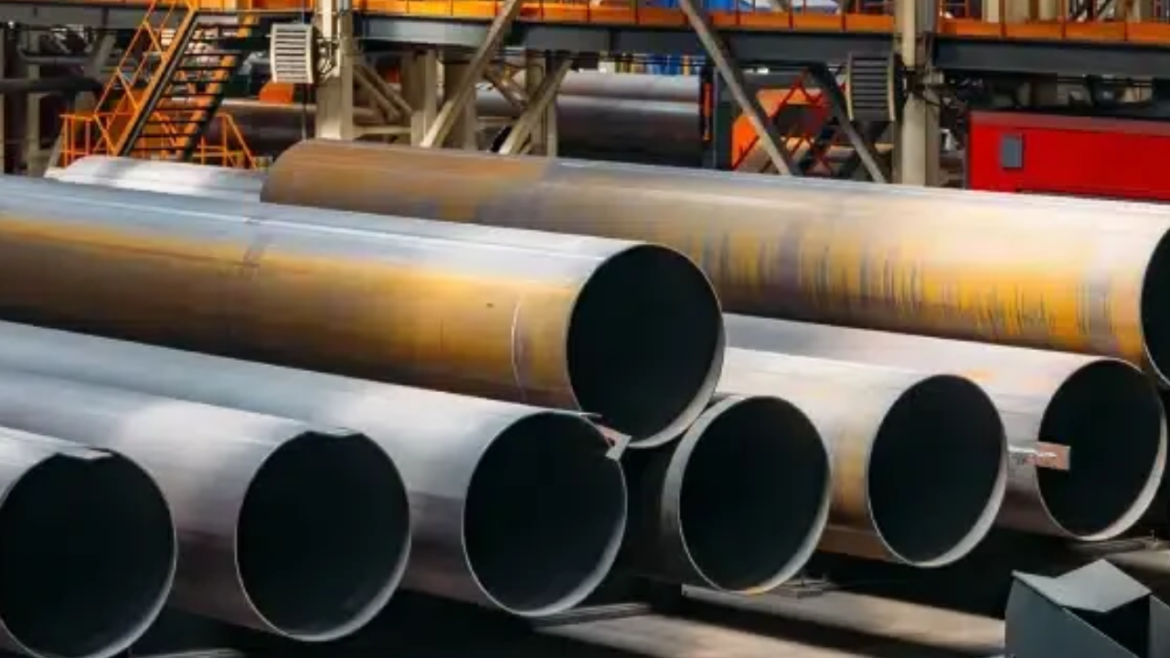Rectangular hollow section (RHS) steel, outstanding for its rectangular cross-sectional form, stands as a cornerstone in construction and engineering projects. Famed for its sturdy structural help, RHS steel gives unparalleled energy and durability. Its versatility extends beyond the choice of galvanization, a procedure where a protective layer of zinc is applied, improving its corrosion resistance.
This function makes RHS steel an ideal choice for applications exposed to harsh environmental conditions. With a diverse array of sizes and thicknesses available, rectangular hollow section steel caters to diverse structural necessities, allowing for flexibility and precision in design and construction. Whether utilized in building frameworks, help systems, or engineering components, rectangular hollow section metallic remains a go-to material for its reliability, longevity, and adaptability in a multitude of commercial contexts.
The Versatile Applications Of Rectangular Hollow Sections (RHS) In Various Industries
Rectangular hollow Sections (RHS) have emerged as integral components across a spectrum of industries as a result of their intrinsic properties and flexible applications. With inherently flat surfaces, RHS helps with price-effective production and a seamless joining process. Its significant usage spans across equipment manufacturing, creation, metallurgy, agriculture, automotive, transportation, infrastructure, and the past. In this article, we delve into the myriad applications of RHS, exploring its pivotal role in shaping present-day industries.
Machinery Manufacturing
RHS unearths widespread utilization in equipment manufacturing, where structural integrity and precision are paramount. Its flat surfaces provide premiere bases for mounting additives, ensuring stability and capability. From system frames to support structures, RHS is the backbone of numerous pieces of equipment, starting from small-scale equipment to heavy industrial machinery.
Construction Industry
Inside the construction area, RHS serves multifaceted purposes, contributing to the improvement of resilient and efficient systems. As a versatile building material, it’s widely employed in building frameworks, columns, beams, and trusses. Its superior load-bearing potential and dimensional consistency make it an ideal choice for erecting homes, bridges, and infrastructure projects.
Metallurgical Industry
In the metallurgical industry, RHS plays a pivotal role in material dealing with and processing applications. Its sturdy construction and corrosion-resistant properties make it suitable for fabricating conveyor structures, garage racks, and materials dealing with devices. Moreover, RHS serves as a structural aspect in metallurgical plant infrastructure, helping heavy machinery and facilitating efficient workflow.
Agricultural Industry
The rural industry benefits considerably from the use of RHS in numerous programs. From agricultural vehicles to greenhouses, RHS provides the structural help and durability required for disturbing agricultural environments. It is used within the fabrication of tractor chassis, implements, and garage systems, ensuring reliability and longevity in agricultural operations.
Automobile industry
Inside the automotive zone, RHS unearths packages in automobile chassis, frames, and structural additives. Its excessive electricity-to-weight ratio complements the automobile’s overall performance while ensuring safety and durability. Additionally, RHS is applied in manufacturing aftermarket accessories and customizations, catering to numerous purchaser alternatives within the car marketplace.
Transportation Infrastructure
RHS plays an essential role in the improvement of transportation infrastructure, including railways, highways, and bridges. Its structural integrity and dimensional accuracy make it integral for constructing assist systems, guardrails, and signposts alongside transportation corridors. Furthermore, RHS contributes to the fabrication of shipping bins and containerized shipment management systems, facilitating global alternate logistics.
Steel Structures
Within the realm of steel systems, RHS serves as the number one building block for constructing warehouses, factories, and business facilities. Its versatility permits the advent of custom-designed systems tailor-made to unique operational requirements. Whether or not used as the number one framing individual or secondary aid factor, RHS offers structural engineers and designers flexibility in designing robust and efficient metallic systems.
Conclusion
Rectangular hollow sections (RHS) end up being necessary additives across various industries, thanks to their intrinsic properties and versatile applications. From equipment manufacturing to production, agriculture, automobiles, transportation, fixtures, and beyond, RHS plays a pivotal role in shaping modern-day industrial landscapes. Its inherent flat surfaces, coupled with superior power and durability, make it a preferred preference for engineers, designers, and producers searching for cost-effective solutions for a wide range of structurally demanding situations.

